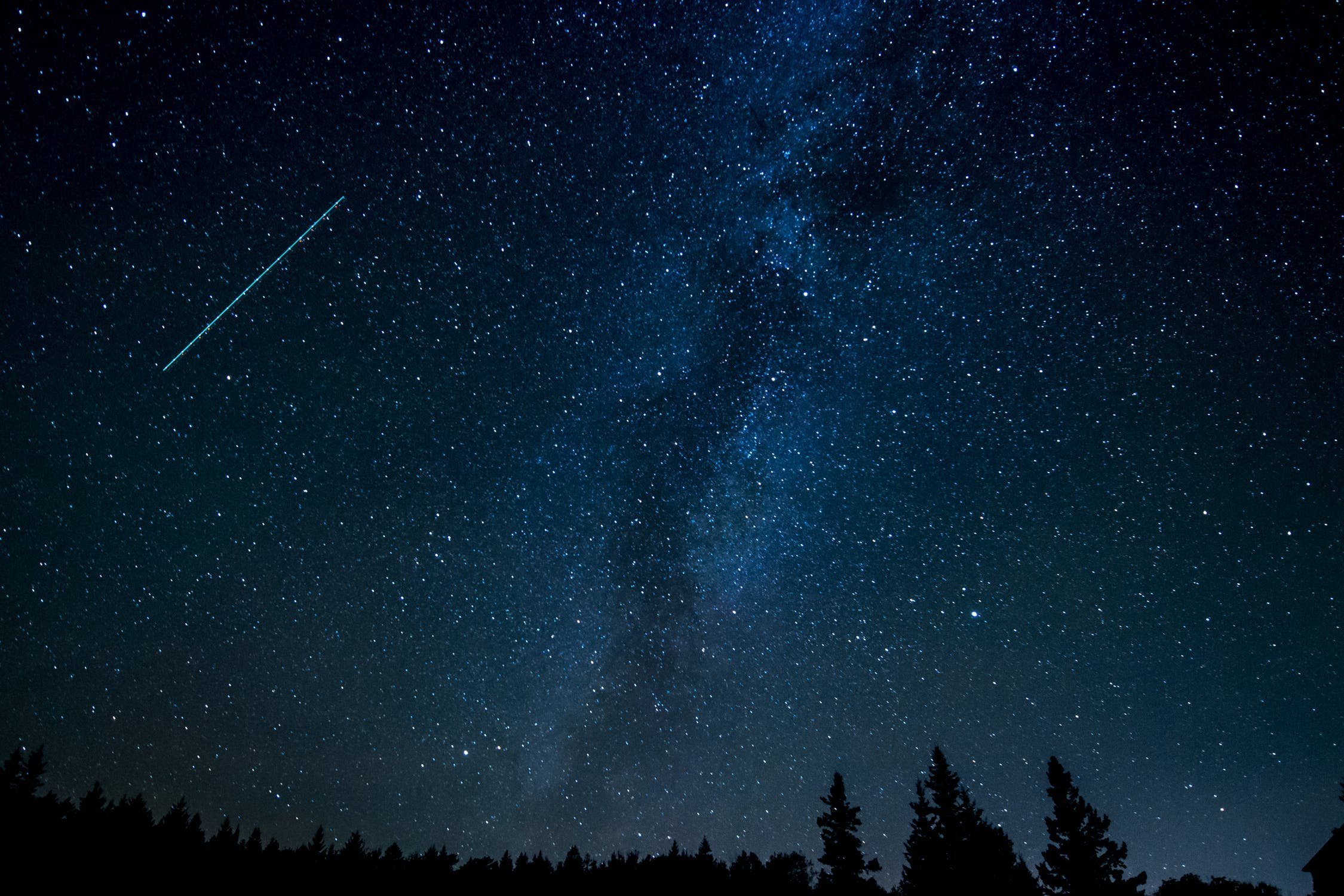AI in Astronomy: How It Can Be Used For Further Discoveries of Our Universe
During the summer of 2021, I was in the Inspirit AI program where I learned about AI and the multiple uses, along with the ethics of AI. At the end, I did a project on exoplanets and how to locate them using AI. That project is what is inspiring me to write about the multiple uses of AI in Astronomy.
I find it quite fascinating that there are so many uses of AI in Astronomy. There is so much in the night sky that hasn’t been discovered yet, and AI can help us make more discoveries. Let's take a look as to how it can be used.
How is AI used in Astronomy?
Many of you have probably heard of AI before but might not know that it isn’t just used in computer science. AI can be used in pretty much any field, including Astronomy!
So how exactly does AI work? Basically, AI works by taking in data and combining it with intelligent programs to be able to predict the outcome of a certain input.
Now let’s get on with what you’re here for, the top 4 ways AI can be used in Astronomy.
FINDING EXOPLANETS
Finding exoplanets is a great use of AI in astronomy, as we can use data taken from telescopes to find cycles of a recurring light flux. These light fluxes signal that the planet may be an exoplanet because for every revolution around the planet's sun, it will cause a repeating pattern. Graphs of these light fluxes can be made, which can help identify if a certain graph is an exoplanet or not based on similarities between the graphs, which AI can accurately predict.
CREATING MAPS
Creating maps is another way that AI can be really useful in Astronomy as there’s just so much data and not enough manpower to process it. Thankfully AI can help as AI can stitch together and create a map of a very large area in space. A telescope can only take pictures of so many regions at once. These pictures can be put together to make large maps based off of similarities between the pictures and areas in space.
FINDING HOW THE UNIVERSE IS CHANGING
The maps that were discussed in the previous point were maps of a certain point in time. Obviously as time goes on, the universe will change and certain galaxies will move positions. With the sheer size of how large the maps are, it is sometimes hard to realize changes. Thankfully AI can change that by detecting where this change is happening in these maps and report that back to us.
LOCATING STELLAR CLUSTERS IN THE MILKY WAY
From telescopes, we can collect data that can be used to locate stellar clusters in the Milky Way. A stellar cluster is basically a large group of stars. These would be almost impossible to find if it weren’t for the use of AI and machine learning technology, as it is very hard for humans to process the amount of data that these machines can. A stellar cluster can be found in pictures of the milky way, and can be identified whether it’s a stellar cluster or not based on multiple factors such as the brightness and pattern of the stellar cluster.

